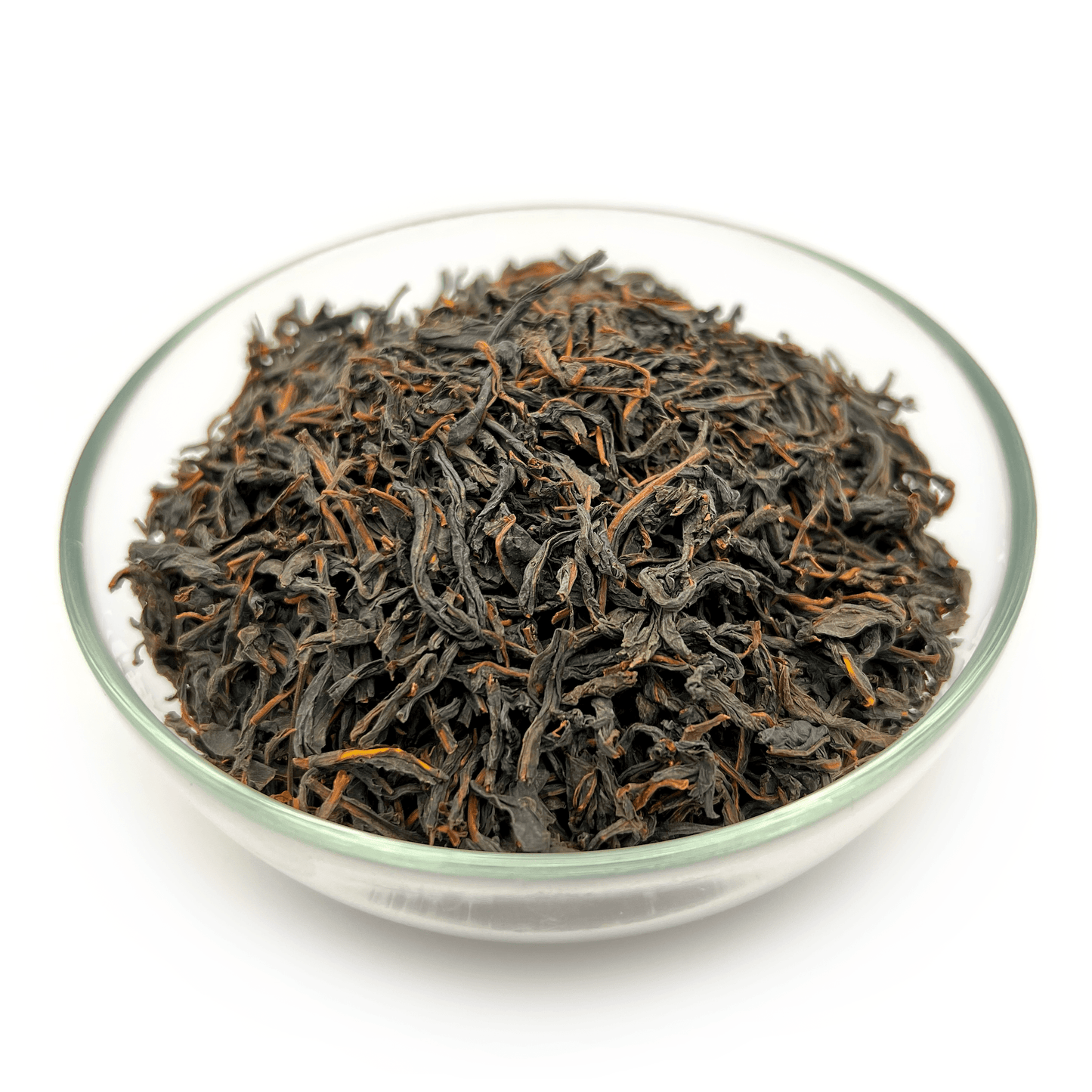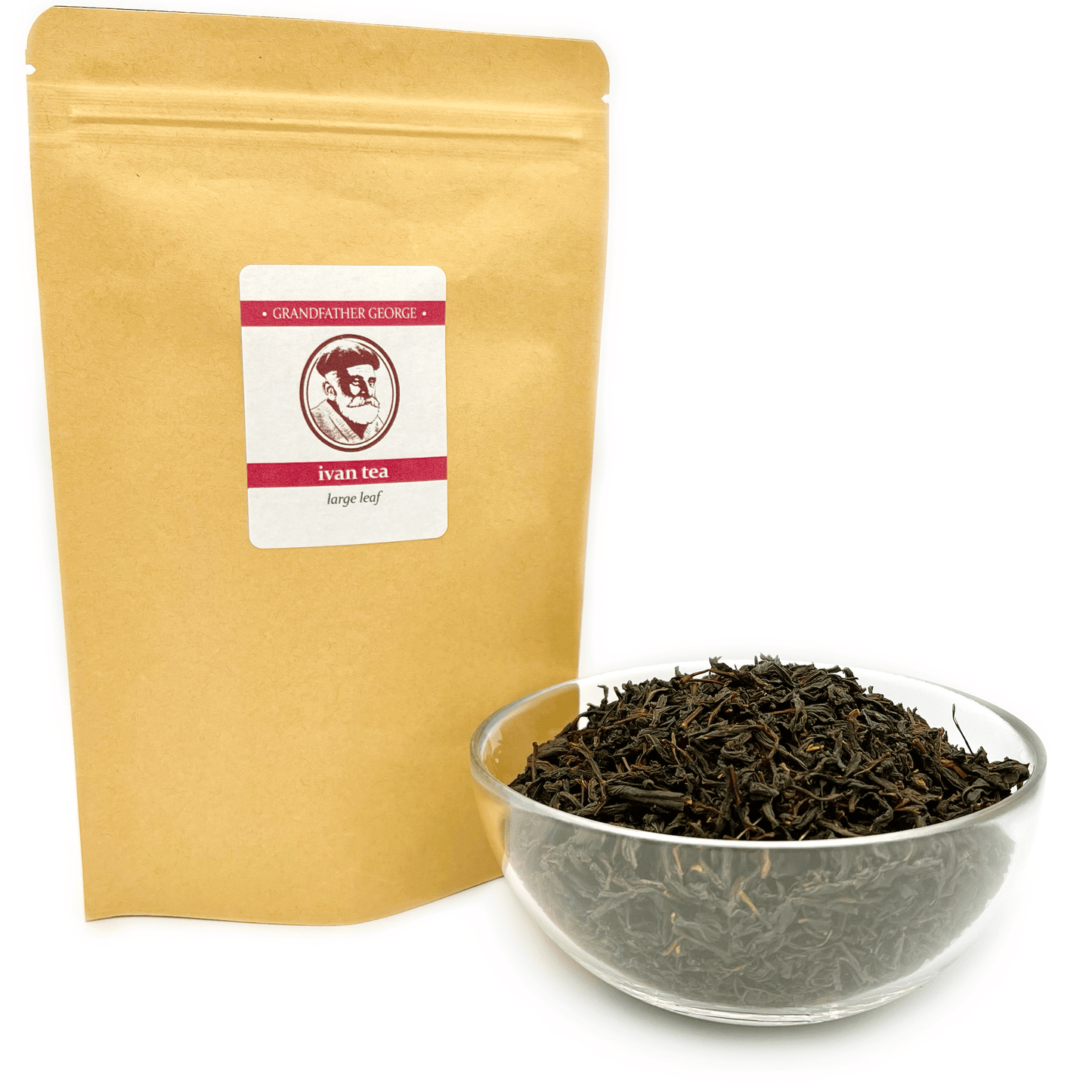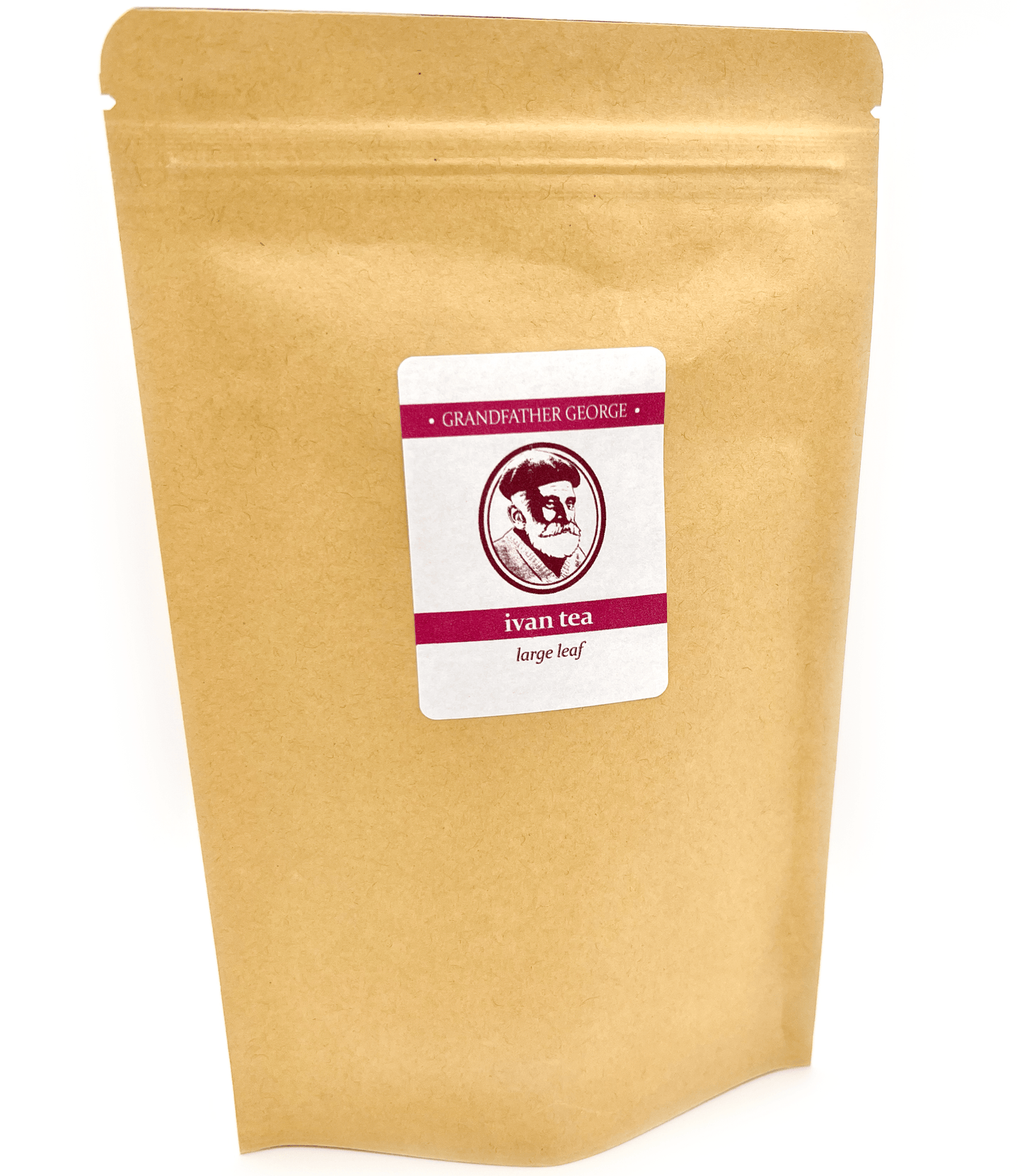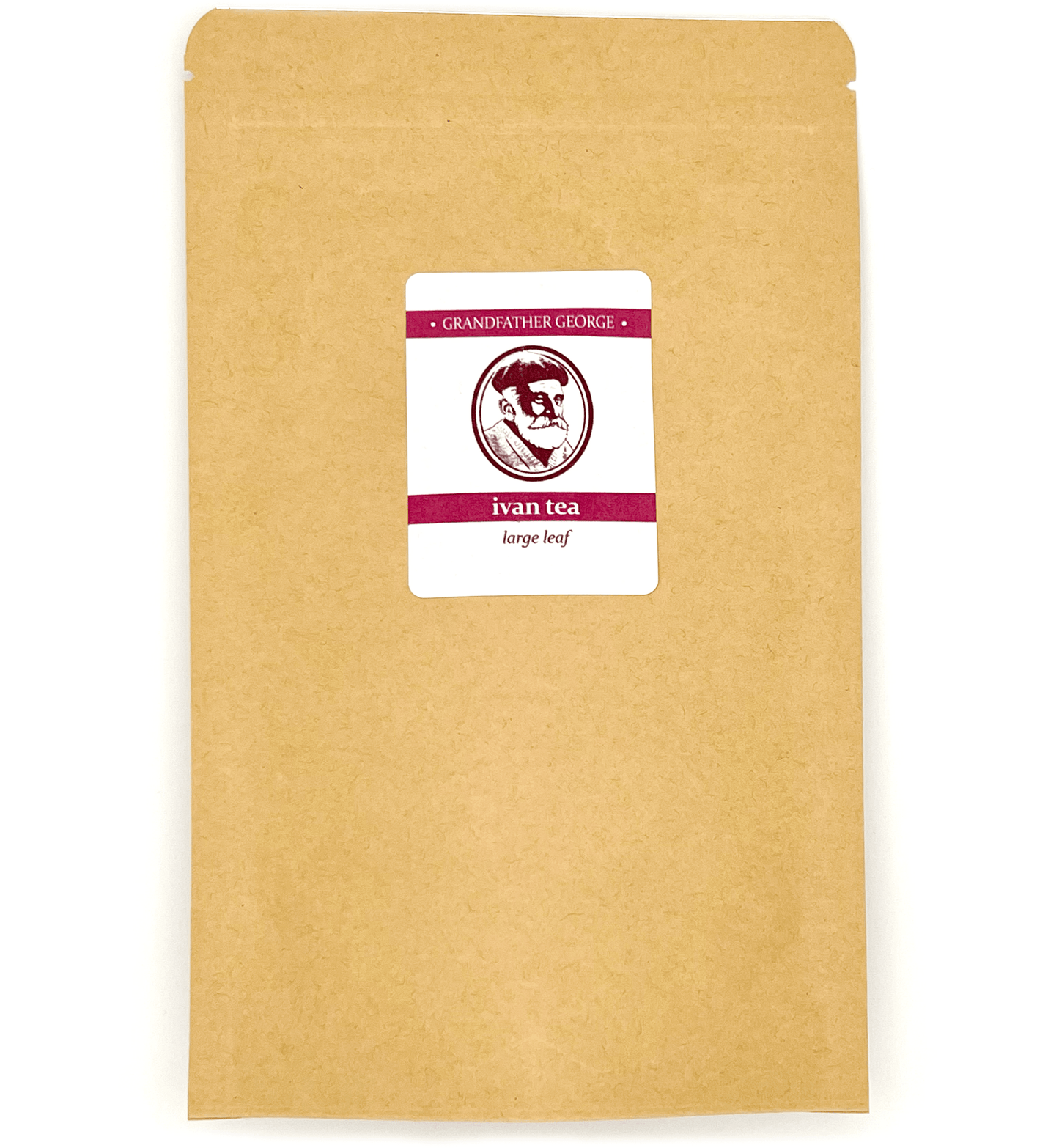Fermented Ivan-tea has recently become one of the popular beverages. It is harvested both for personal use and industrial production.
Ivan-tea is harvested in the wild, under uncontrolled conditions, leading to a wide variety of Ivan-tea "varieties" and sometimes to unsuccessful experiences. This variability results in mixed reviews about this product. While some may simply not like it, others base their opinion on an unfortunate attempt, projecting their experience onto all Ivan-tea.
Why is fermentation of ivan tea needed?
But what happens during the fermentation process? Why do leaves, after lying under specific conditions, acquire a completely different taste and pleasant aroma?
The plant cells are relatively rigid, covered with a cellulose membrane, and further divided internally by membranes to separate different cellular processes. For instance, photosynthesis must occur separately from respiration. These are two opposing chemical reactions, and to have both processes occur in one cell, membranes divide the cell.
Moreover, bacteria reside on the surface and inside the leaves, feeding on the byproducts of cellular activities released during transpiration with water. While water evaporates, the substances remain, and bacteria consume them. Thus, bacteria on the leaf's surface are those that prefer to consume the leaf's components. However, the cell walls and membranes prevent them from entering inside.
How does the fermentation process of ivan-tea occur?
During fermentation, these cell walls are precisely what breaks down. Before entering the fermentation machine, sun-dried tea leaves (at this stage, essential oils and aromatic substances accumulate) are conveyed through a leaf doser, which calculates the leaf volume and regulates the feeding rate. This is necessary to ensure that all tea leaves undergoing processing undergo fermentation. Next comes the sifter, where fine debris is sifted out, and the leaves are distributed more evenly. Then comes the maceration: the machine crushes the tea leaves, necessary for juice extraction, without which fermentation is impossible. After this, a special apparatus rolls the tea into granules, and only then does the tea mass enter the fermentation machine, where, under heat, an oxidative process occurs, giving the tea its characteristic sweet aroma and spicy taste.
The fermentation of Ivan-tea can last from six hours to two days: the longer the fermentation, the more aromatic and darker the beverage becomes. The granules of our Ivan-tea are evenly distributed in the fermentation machine up to 10 cm in height. They stay there for about a day. During this time, the tea changes its color from green to brown, gains its characteristic spicy aroma, and, most importantly, its beneficial properties intensify.
As a result, previously independent components are mixed: bacteria, photosynthesis enzymes, respiration enzymes, and others. The substances that could not oxidize before are now oxidized. The essential oils are released (which is why we feel the floral scent). However, we prevent these substances from completely breaking down and dissipating by stopping the fermentation process through drying.
The result is an incomplete process of breaking down tea leaves. Such tea, when brewed, releases significantly more beneficial substances, as well as having a richer taste and aroma. Properly fermented Ivan-tea resembles ordinary black tea, although it has completely different properties.
The impact of fermentation on the composition of ivan-tea
In 2015, research was conducted at the scientific-agrochemical laboratory of EGU named after I.A. Bunin to investigate the influence of fermentation duration on the chemical composition of Ivan-tea.
The study revealed the following:
After fermenting narrow-leaved fireweed leaves for 1 day, the content of:
- ascorbic acid increased by 2 times;
- P-active flavonols increased by 7 times;
- carotene increased by 4 times;
- tannins and coloring substances increased by 2 times.
In leaves fermented for 2 days, the content of:
- ascorbic acid and tannins and coloring substances increased by 1.7 times;
- carotene and P-active catechins increased by 2 times;
- anthocyanins increased by 3 times.
Thus, the fermentation of narrow-leaved fireweed leaves not only contributes to the preservation but also to the increase in the content of beneficial substances.






